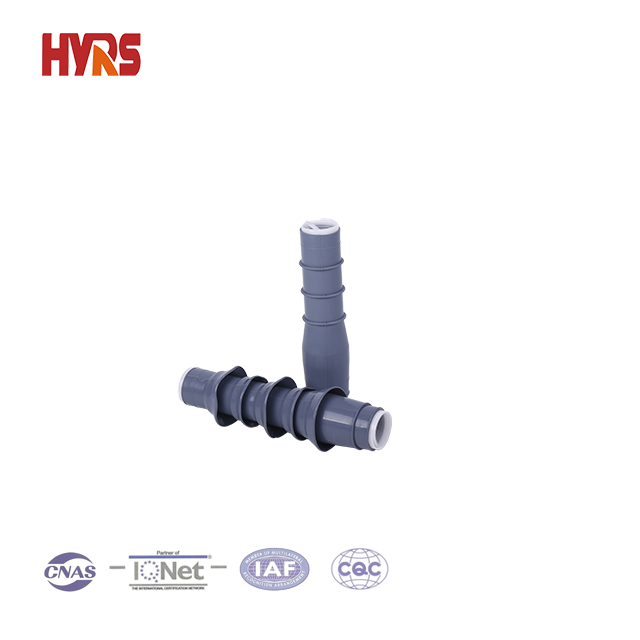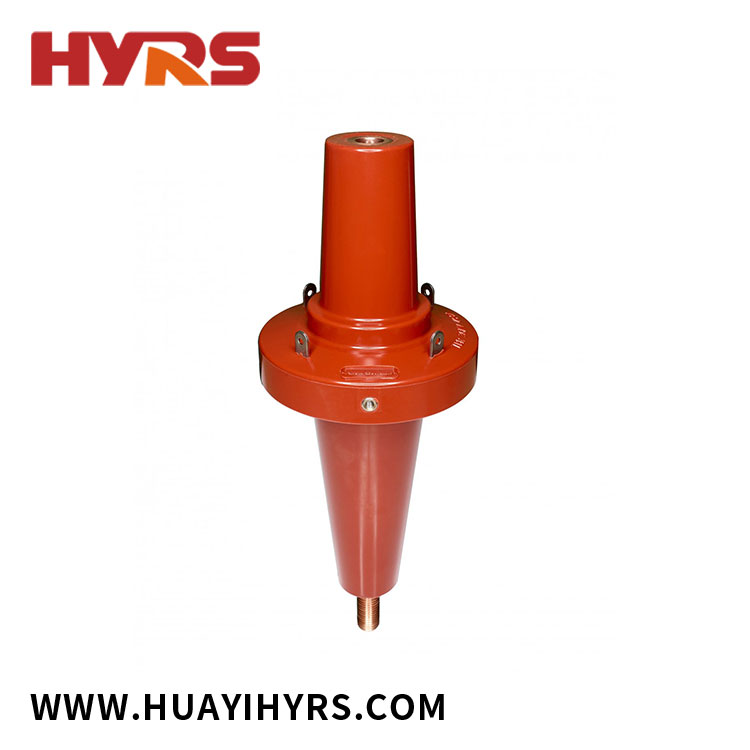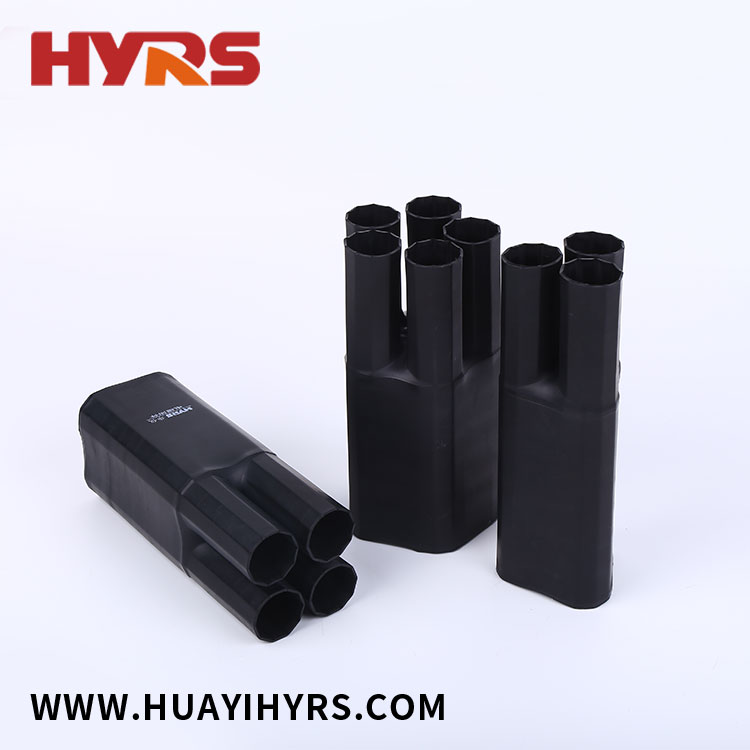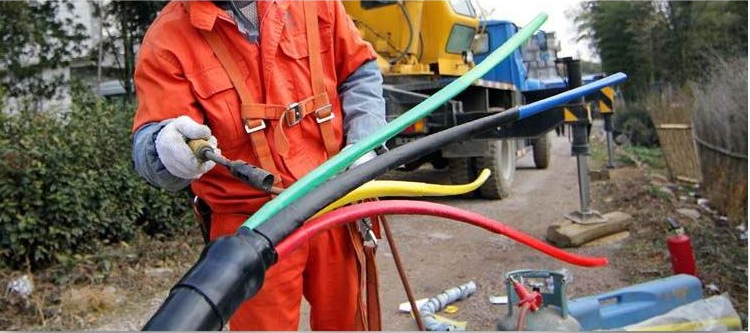Cables are an indispensable part of our daily life, they transport electricity, transmit signals, and provide convenience for our life and work. The structure of the cable can be divided into several parts, including conductors, insulation layers, shielding layers and jackets.
The insulation layer is an important part of the cable structure, its main role is to protect the conductor of the cable from the influence of the external environment, to prevent the leakage of current and short circuit of the conductor. Therefore, the material selection and structural design of the insulation layer have a crucial impact on the performance and service life of the cable.
There are many kinds of insulating materials, and different types of cables choose different insulating materials according to their use environment and performance requirements. Common insulating materials include polyvinyl chloride (PVC), cross-linked polyethylene (XLPE), polyethylene (PE), etc. These materials have excellent electrical properties, mechanical properties and processing properties, and can maintain good working condition in a variety of environments.
In addition to material selection, the structural design of the insulation layer is also key. The insulation layer is usually composed of an inner insulation layer and an outer insulation layer. The inner insulation layer is directly wrapped around the conductor, and the outer insulation layer acts as the protective layer of the inner insulation layer. The inner and outer insulation layers can be made of different materials to achieve better electrical and mechanical properties.
In addition to material selection, the structural design of the insulation layer is also key. In the manufacturing process, the insulating layer material needs to be mixed, plasticized, extrusion and other processes to form the insulation layer of the cable. This process requires precise control of material proportions, temperature, pressure and other parameters to ensure that the thickness, uniformity and density of the insulation layer meet the requirements. The insulation layer is usually composed of an inner insulation layer and an outer insulation layer. The inner insulation layer is directly wrapped around the conductor, and the outer insulation layer acts as the protective layer of the inner insulation layer. The inner and outer insulation layers can be made of different materials to achieve better electrical and mechanical properties.
In addition to acting as an isolation layer between the conductor and the external environment, the insulation layer can also play a certain role in signal transmission. For example, in optical fiber and cable, the coating layer and cladding together form the "coat" of the optical fiber, which not only protects the optical fiber from damage, but also plays a role in protecting and guiding the signal transmitted in the optical fiber.
In general, the insulation layer of the cable is a crucial part of the cable structure. Its material selection and structural design directly affect the performance and service life of the cable. Therefore, when selecting and using cables, we need to pay attention to the relevant information about their insulation layers to ensure that they meet our use needs and safety requirements.

 English
English  Español
Español  Português
Português  русский
русский  Français
Français  日本語
日本語  Deutsch
Deutsch  tiếng Việt
tiếng Việt  Italiano
Italiano  Nederlands
Nederlands  ภาษาไทย
ภาษาไทย  Polski
Polski  한국어
한국어  Svenska
Svenska  magyar
magyar  Malay
Malay  বাংলা ভাষার
বাংলা ভাষার  Dansk
Dansk  Suomi
Suomi  हिन्दी
हिन्दी  Pilipino
Pilipino  Türkçe
Türkçe  Gaeilge
Gaeilge  العربية
العربية  Indonesia
Indonesia  Norsk
Norsk  تمل
تمل  český
český  ελληνικά
ελληνικά  український
український  Javanese
Javanese  فارسی
فارسی  தமிழ்
தமிழ்  తెలుగు
తెలుగు  नेपाली
नेपाली  Burmese
Burmese  български
български  ລາວ
ລາວ  Latine
Latine  Қазақша
Қазақша  Euskal
Euskal  Azərbaycan
Azərbaycan  Slovenský jazyk
Slovenský jazyk  Македонски
Македонски  Lietuvos
Lietuvos  Eesti Keel
Eesti Keel  Română
Română  Slovenski
Slovenski  मराठी
मराठी  Srpski језик
Srpski језик 




